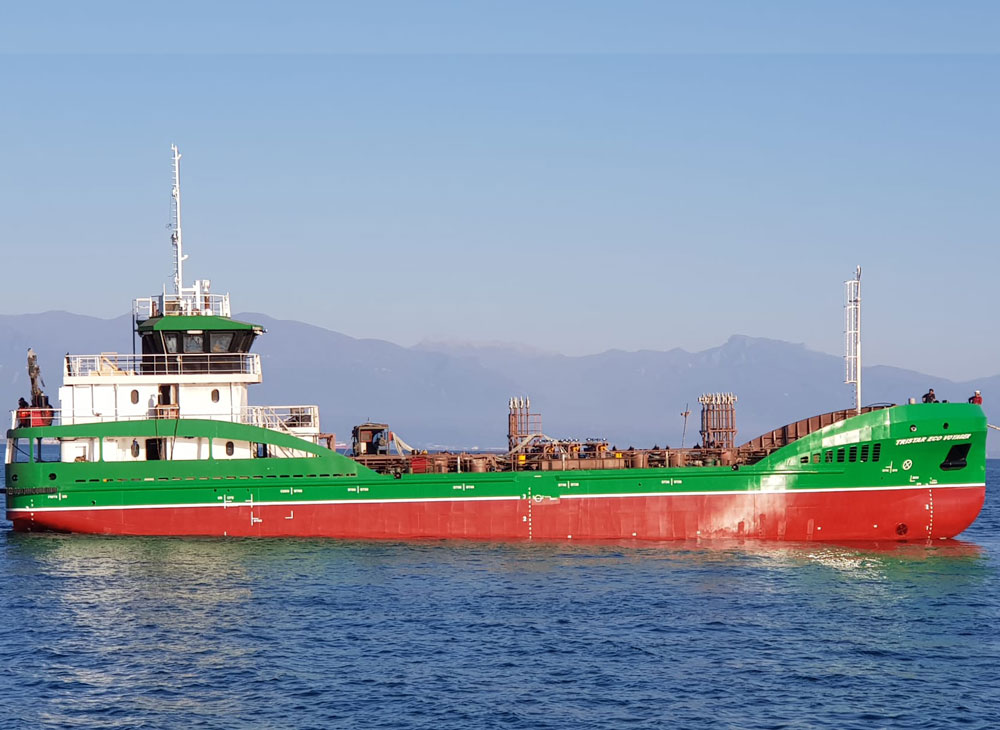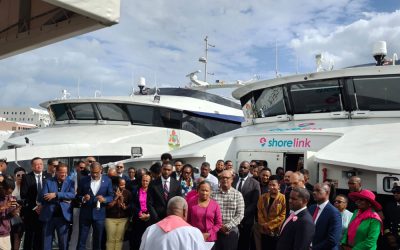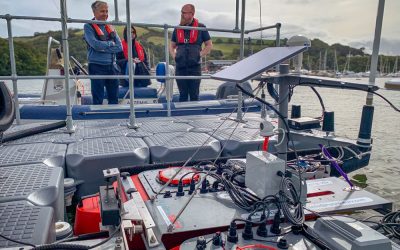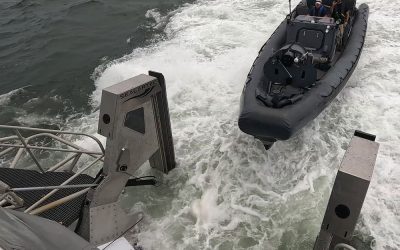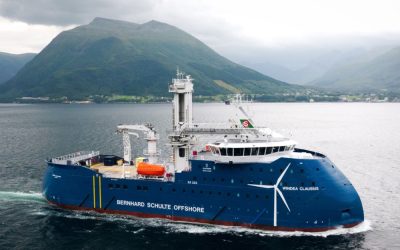Tristar Eco Voyager, a new type of bunker tanker built in Turkey by Akdeniz Shipyard, was recently been delivered to UAE-based Tristar Eships. The company will deploy the vessel out of Fujairah, where it will be well positioned to meet the lube oil needs of vessels at the nearby anchorage.
The new hybrid, battery-driven lube oil barge is commencing operations in the UAE in July. The 46.5m-long, 9.5m-beam and 3m-draught vessel will have a 730m3 bunker fuel capacity and an estimated service speed of 10knots. The Bureau Veritas (BV)-classed vessel is the first hybrid tanker to operate in the Middle East Gulf, and is expected to lower carbon emissions significantly compared to existing tonnage deployed by the company.
The vessel can run on MGO, biofuel or battery power. This not only adds to operational redundancy but also enhances sustainability through the reduction of carbon emissions. Tristar has installed a 1.4MW battery from Yinson EV on board, and in routine operations it is expected that this will last for six to eight hours before needing recharging, depending on weather conditions and the precise nature of the operation. The battery will take around eight hours to charge up to about 95% capacity, and this should permit the vessel to make two bunker deliveries a day on battery power alone.
The battery will be used for propulsion as well as for the hotel load on board the vessel, which has the capacity for 10 crew members. The vessel has been designed so that it can operate on battery alone, diesel fuel alone or a combination of both. A propulsion motor, supplied by Danfoss, has been installed to offer a high degree of redundancy, supported by two 300kW Volvo Penta gensets. Tristar has opted not to have a main engine on the vessel, with the propulsion motor using power from either the gensets or the battery to propel the tanker. Tristar has calculated that there will be a carbon emissions reduction of more than 50% compared to conventional vessels of this type. Moreover, if operated on B-100 biofuel, this could be increased to a 100% reduction in emissions.
While the core element of the design, in terms of sustainability, is the battery power provision, the vessel has been designed following CFD tests to ensure minimum drag and high levels of efficiency for its class. BV has added the notations ‘PM’ (power management) and ‘ZE’ (zero emissions) to the standard notations of a vessel of this type.
